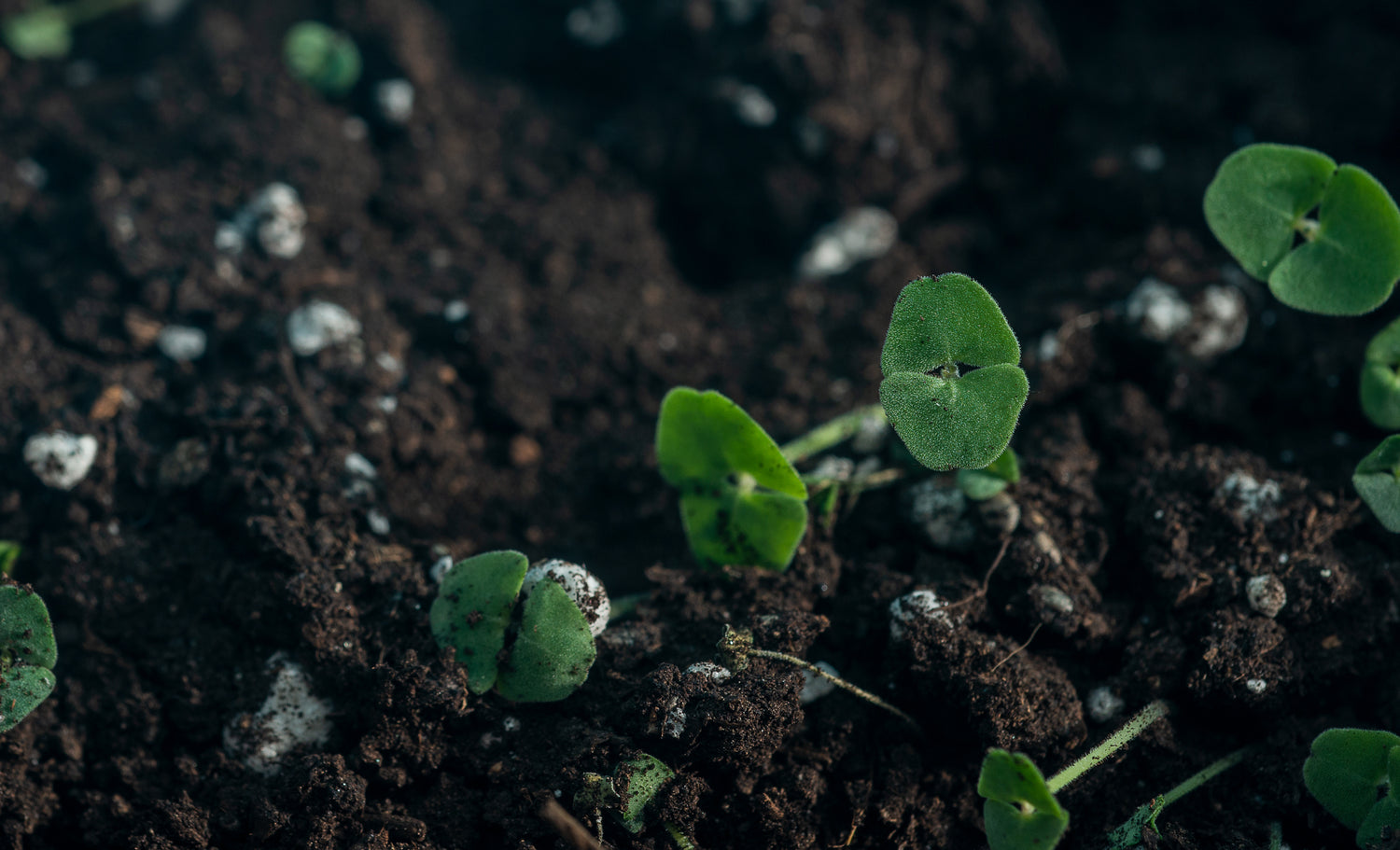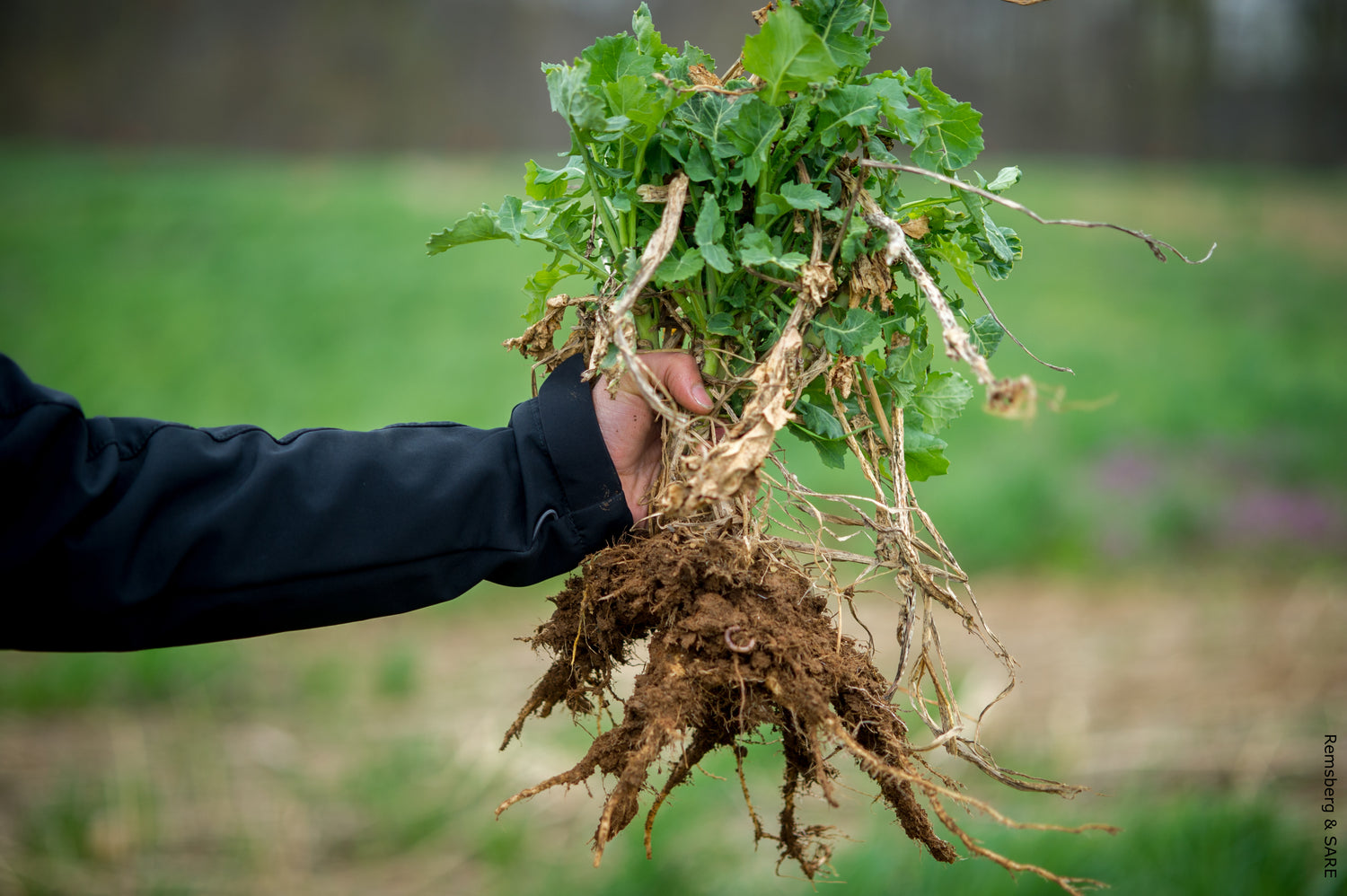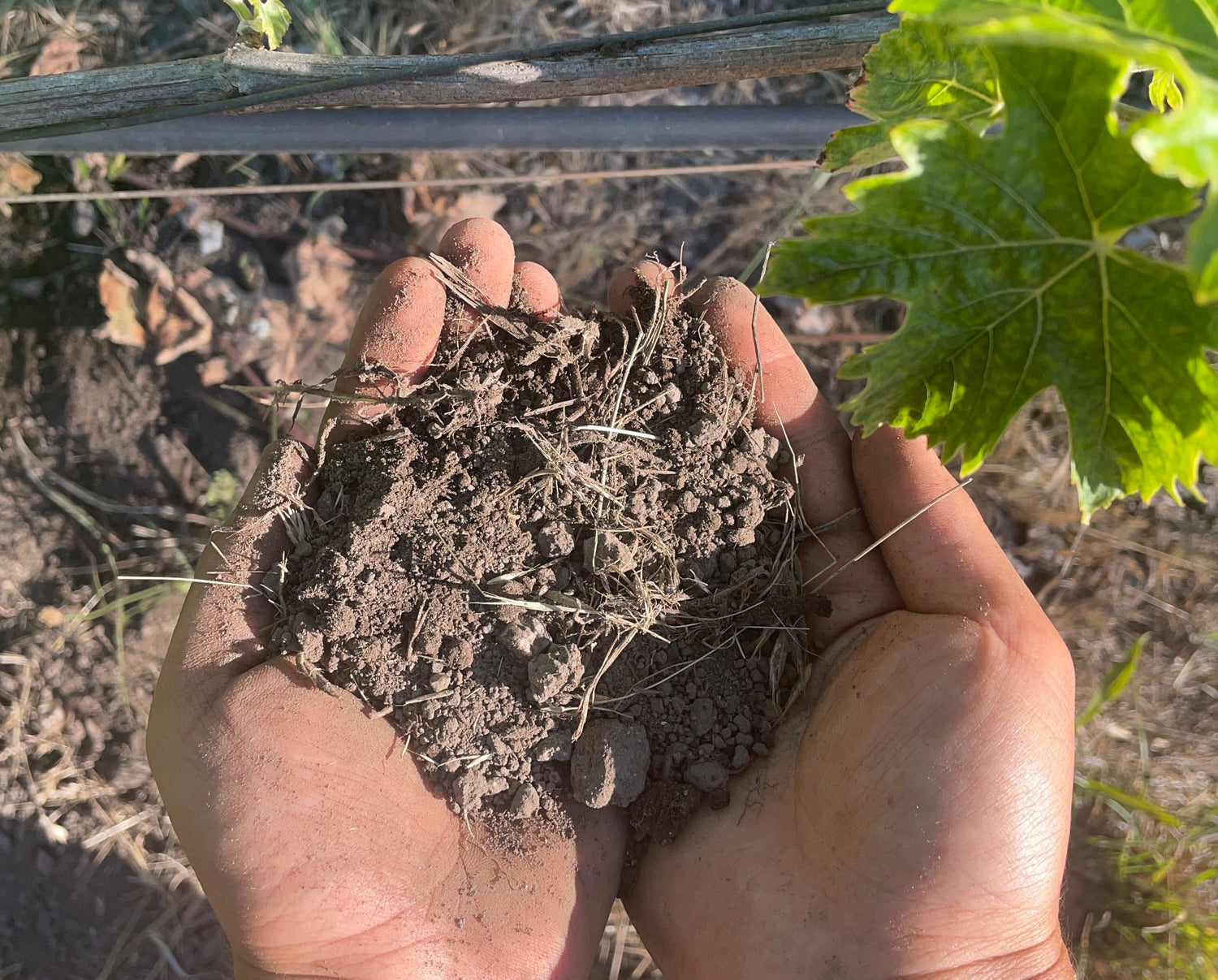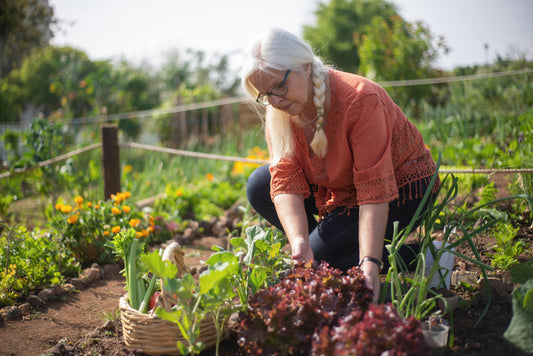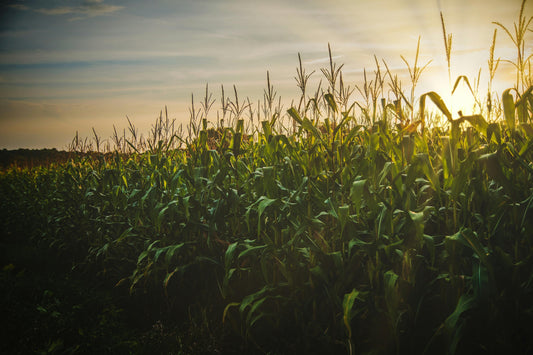Los Angeles County contains five major soil types across 4,751 square miles: fertile alluvial soils in valleys, water-retentive clay soils, fast-draining sandy coastal soils, shallow rocky mountain soils, and heavily modified urban soils with potential contamination risks.
Complete Guide to Los Angeles County Soil Types and Management
Los Angeles County's soil diversity reflects its complex geological history, from coastal marine sediments to volcanic mountain formations. Understanding your local soil type enables successful gardening, construction planning, and environmental stewardship across Southern California's Mediterranean climate zones.
Geological and Climate Foundation
The Natural Resources Conservation Service documents over 200 distinct soil mapping units across Los Angeles County through the Web Soil Survey. These soils formed through alluvial deposition from the Los Angeles River system, marine sediment accumulation, and weathering of granitic bedrock from the Transverse and Peninsular Ranges.
Los Angeles County receives 12-15 inches of annual rainfall concentrated between November and March, creating distinct wet-dry cycles that influence soil chemistry and water movement. According to the UC Davis California Soil Resource Lab, approximately 60% of the county consists of urban land complexes with altered soil profiles, 25% remains natural mountainous terrain, and 15% comprises agricultural and open spaces with relatively intact soil development.
Five Major Soil Categories
Alluvial Valley Soils
Alluvial soils cover approximately 1,200 square miles across the Los Angeles Basin, San Fernando Valley, San Gabriel Valley, and Antelope Valley. These fertile, well-drained soils formed from river-deposited sediments and typically extend 3-8 feet deep before reaching hardpan or bedrock layers.
Key soil series include the Hanford series (coarse-loamy, well-drained, formed in granitic alluvium), Tujunga series (excessively drained sandy soils), and Soboba series (moderately well-drained with dark surface horizons). These soils contain 0.5-2.5% organic matter, maintain pH levels between 6.5-8.0, and show electrical conductivity below 2.0 dS/m, making them highly suitable for agriculture with proper irrigation management.
Clay-Rich Soils
Clay soils span approximately 400 square miles, primarily in areas with marine sedimentary parent materials and valley bottoms. With clay content exceeding 35%, these soils exhibit significant shrink-swell behavior during wet-dry cycles but provide excellent water storage capacity.
The Cropley series (fine, smectitic, thermic Typic Haploxererts) represents the most extensive clay soil type, characterized as very deep and moderately well-drained. Clay soils hold 0.15-0.20 inches of available water per inch of soil depth, compared to 0.05-0.10 inches for sandy soils, but have infiltration rates below 0.1 inches per hour, creating drainage challenges during heavy rainfall events.
Sandy Coastal Soils
Sandy soils cover approximately 300 square miles along the 75-mile Pacific coastline and in areas with granitic parent materials. These soils drain rapidly with infiltration rates exceeding 6 inches per hour but have limited water and nutrient retention capacity.
The Beaches and Dunes association dominates immediate coastal areas, while Arlington and Fallbrook series occur in inland granitic regions. With organic matter content typically below 1%, sandy soils require 2-3 times more frequent irrigation than clay soils and benefit significantly from organic matter additions to improve water-holding capacity.
Rocky Mountain Soils
Mountainous regions covering approximately 1,800 square miles feature shallow, rocky soils like the Cieneba series and Rock outcrop associations. These soils range from 6-36 inches deep before reaching bedrock and support approximately 500,000 acres of chaparral vegetation and 200,000 acres of coniferous forest.
Despite containing 2-8% organic matter, these soils have limited agricultural potential due to shallow depth and steep slopes but provide critical watershed protection and wildlife habitat throughout the Angeles National Forest and surrounding public lands.
Urban Modified Soils
Urban land designations cover approximately 2,850 square miles and feature highly disturbed soil profiles due to construction activities, fill material placement, and contamination from industrial activities. The USGS Background Soil-Lead Survey reports median lead concentrations of 150 mg/kg in urban soils compared to 75 mg/kg in undeveloped areas.
These soils require contamination testing before use for food production, with particular attention to lead levels (EPA residential standard: 400 mg/kg), petroleum hydrocarbons near former gas stations, and perchlorate contamination in the San Gabriel Valley groundwater basin.
Environmental Challenges and Solutions
Wildfire Impacts and Recovery
CAL FIRE records approximately 1,500 wildfires annually in Los Angeles County, burning roughly 50,000 acres. High-intensity fires exceeding 752°F (400°C) destroy soil organic matter, disrupt aggregate structure, and create hydrophobic layers that increase surface erosion rates by 10-100 times normal levels.
Post-fire soil recovery requires 5-15 years for full organic matter restoration. The 2020 Bobcat Fire affected 115,796 acres, requiring emergency treatments including hydromulching on 15,000 acres, installation of check dams in critical watersheds, and native grass seeding to prevent catastrophic erosion during subsequent winter storms.
Urban Contamination Management
The California Department of Toxic Substances Control identifies over 5,000 contaminated sites in Los Angeles County, including 75 federal Superfund sites. Common contaminants include petroleum hydrocarbons at 25% of former gas station sites, lead paint contamination in pre-1978 residential areas, and industrial solvents near former manufacturing facilities.
Safe urban gardening requires professional soil testing for lead, petroleum products, and volatile organic compounds before establishing food production areas. Raised bed systems with 6-12 inches of certified organic soil provide the most reliable approach for urban vegetable gardening.
Erosion Control and Slope Stability
Construction activities expose approximately 10,000 acres annually in Los Angeles County, with erosion rates in developed areas (2-5 tons per acre per year) far exceeding undisturbed natural areas (0.1-0.5 tons per acre per year). The Los Angeles County Department of Public Works requires erosion control plans for all projects disturbing more than one acre of soil.
Effective erosion control techniques include hydroseeding with native grass species (achieving 80-90% establishment rates when properly applied), installation of erosion control blankets on slopes exceeding 25% grade, and terracing systems for slopes over 30% grade to reduce surface water velocity.
Soil Testing and Analysis
Professional Laboratory Testing
The UC Master Gardener Program recommends soil testing every 2-3 years for established landscapes and annually for intensive vegetable production. Basic nutrient and pH testing costs $25-50 through certified laboratories, while comprehensive contamination screening ranges from $200-500 depending on the number of analytes tested.
The California Department of Food and Agriculture maintains a list of certified soil testing laboratories that follow standardized protocols for agricultural and environmental analysis.
Field Testing Methods
Cost-effective field assessments include the jar test for soil texture determination (combining 1 part soil with 2 parts water, shaking vigorously, and allowing 24-hour settling to observe sand, silt, and clay layer separation), percolation tests for drainage assessment (digging 12-inch holes and measuring water infiltration rates), and pH test strips for basic acidity measurement.
Sustainable Management Strategies
Organic Matter Enhancement
Adding 2-4 inches of compost annually can increase soil organic matter from typical levels of 1-2% to target levels of 3-5% over 3-5 years. Los Angeles County facilities produce approximately 500,000 tons of finished compost yearly from green waste and biosolids, available through California Certified Organic Farmers approved suppliers.
Cover crop integration, particularly crimson clover and mustard species during winter months, adds 2,000-4,000 pounds per acre of organic biomass while providing nitrogen fixation and soil structure improvement. Biochar application at 1-2 tons per acre provides long-term carbon sequestration and improves water retention in sandy soils.
Native Plant Selection for Water Conservation
The California Native Plant Society lists over 1,000 native species suitable for Los Angeles County conditions, requiring 50-80% less irrigation than non-native alternatives. For clay soils, Ceanothus species (California lilac), Heteromeles arbutifolia (toyon), and Artemisia californica (California sagebrush) tolerate poor drainage while providing habitat value.
Sandy soil native plants include Encelia californica (California encelia), Eriogonum fasciculatum (California buckwheat), and native bunch grasses such as Stipa pulchra (purple needlegrass). The Metropolitan Water District offers rebates up to $3 per square foot for lawn replacement with native plants.
Water Management and Irrigation Efficiency
Proper irrigation system design matches precipitation rates to soil infiltration capacity: 0.5-1.0 inches per hour for clay soils, 1.0-2.0 inches per hour for loam soils, and 2.0+ inches per hour for sandy soils. Drip irrigation systems achieve 90-95% water application efficiency compared to 60-70% for spray systems.
Mulching with 2-4 inches of organic material reduces evaporation by 50-70% and moderates soil temperature fluctuations. Wood chips, shredded bark, and compost provide effective mulch options, with decomposition rates varying from 6 months for fine materials to 3+ years for coarse wood chips.
Practical Soil Management Process
- Conduct comprehensive soil testing for pH (optimal range 6.0-7.5 for most plants), essential nutrients (nitrogen, phosphorus, potassium), and potential contaminants (lead, petroleum products) through certified laboratories.
- Identify soil texture and type through professional texture analysis or field testing methods including jar tests and visual assessment of soil structure and color.
- Apply targeted amendments based on test results - typically 2-4 inches of compost for sandy soils, 1-2 inches for clay soils, and pH adjustment materials as needed for optimal plant nutrition.
- Select appropriate plant species suited to local soil conditions, climate zone (USDA Zones 9a-11a in Los Angeles County), and available water resources for sustainable landscape establishment.
- Install efficient irrigation systems with precipitation rates matching soil infiltration capacity and incorporate moisture sensors for automated scheduling based on actual soil conditions.
- Implement erosion prevention measures including mulching (2-4 inch depth), appropriate ground cover establishment, and slope stabilization techniques for areas exceeding 15% grade.
- Monitor soil health indicators through annual visual assessments of organic matter content, soil structure, and plant performance, with periodic re-testing especially after major disturbances or extreme weather events.
Regional Garden Centers and Professional Resources
Armstrong Garden Centers operate three locations serving Los Angeles County: Glendale (4949 San Fernando Road), Sherman Oaks (13610 Ventura Boulevard), and Pasadena (2550 East Foothill Boulevard), providing soil amendments, native plants, and landscape consultation services. Moon Valley Nurseries in West Los Angeles (11645 San Vicente Boulevard) specializes in custom soil blends and professional landscape installation.
The UC Master Gardener Program operates from 4800 East Cesar E Chavez Avenue in Los Angeles, offering soil testing guidance, educational workshops, and plant problem diagnosis services. Green Thumb Nursery in Canoga Park (21812 Sherman Way) focuses on organic gardening supplies and provides soil analysis services for sustainable landscape management.
Frequently Asked Questions
How do I determine my specific soil type?
Professional soil analysis through the UC Davis Soil Resource Lab provides detailed soil classification including texture, structure, and chemical properties. The jar test method offers basic texture determination: combine 1 part soil with 2 parts water in a clear jar, shake vigorously, and allow 24-hour settling. Sand particles settle first forming the bottom layer, silt creates the middle layer, and clay remains suspended on top.
Are urban soils in Los Angeles safe for vegetable gardening?
Urban soils require professional testing for lead and other contaminants before establishing food production areas. The EPA recommends soil lead levels below 400 mg/kg for residential areas with children. Raised bed systems with 6-12 inches of certified organic soil provide the safest approach for urban vegetable gardening, creating a barrier between potentially contaminated native soil and food crops.
How do wildfires specifically affect Los Angeles County soils?
High-intensity fires reaching temperatures above 752°F (400°C) destroy soil organic matter and create hydrophobic (water-repellent) layers that dramatically increase surface erosion rates by 10-100 times normal levels. Post-fire soils typically lose 50-90% of their organic matter content and require 5-15 years for complete recovery. The California Department of Forestry and Fire Protection recommends immediate post-fire treatments including mulching and native grass seeding on burned slopes exceeding 15% grade to prevent catastrophic erosion.
What native plants work best in clay soils?
Native California plants specifically adapted to clay soil conditions include Ceanothus species (California lilac), Heteromeles arbutifolia (toyon), Artemisia californica (California sagebrush), and native bunchgrasses such as Stipa pulchra (purple needlegrass). These species tolerate the poor drainage characteristics and high shrink-swell potential of clay soils while requiring minimal supplemental irrigation once established, typically achieving full drought tolerance within 2-3 growing seasons.
How often should I test my soil in Los Angeles County?
The UC Master Gardener Program recommends soil testing every 2-3 years for established residential landscapes, annually for intensive vegetable production systems, and immediately following suspected contamination events or major soil disturbances. Properties located near busy roadways, former gas stations, or industrial facilities may require more frequent testing for heavy metals and petroleum products due to higher contamination risk.
What amendments are most effective for sandy Los Angeles soils?
Sandy soils benefit significantly from organic matter additions including aged compost (2-4 inches applied annually), well-rotted manure, and biochar applications. These amendments can increase water-holding capacity from baseline levels of 0.05 inches per inch of soil depth to improved levels of 0.10-0.15 inches per inch. Surface mulching with 2-4 inches of organic material reduces evaporation rates by 50-70% and gradually improves soil structure as the mulch decomposes and incorporates into the soil profile.
Sources
- Natural Resources Conservation Service, USDA. Web Soil Survey. https://websoilsurvey.nrcs.usda.gov/app/
- UC Division of Agriculture and Natural Resources. California Soil Resource Lab. https://casoilresource.lawr.ucdavis.edu/
- EPA. USGS Background Soil-Lead Survey: State Data. https://www.epa.gov/superfund/usgs-background-soil-lead-survey-state-data
- CAL FIRE. Fire Statistics and Post-Fire Guidelines. https://www.fire.ca.gov/stats-events
- California Department of Toxic Substances Control. Site Cleanup Program. https://dtsc.ca.gov/
- Los Angeles County Department of Public Works. Watershed Management. https://dpw.lacounty.gov/
- California Native Plant Society. Native Plants for Southern California. https://www.cnps.org/
- UC Master Gardener Program. Los Angeles County Extension. https://ucanr.edu/sites/uccemg/
- California Department of Food and Agriculture. Certified Soil Laboratories. https://www.cdfa.ca.gov/plant/inspection/soillabs.html
- Metropolitan Water District of Southern California. Water Conservation Programs. https://www.bewaterwise.com/







